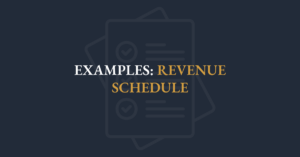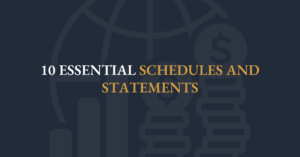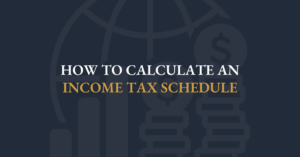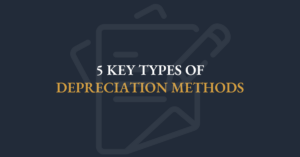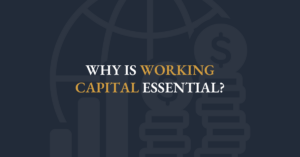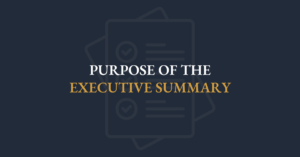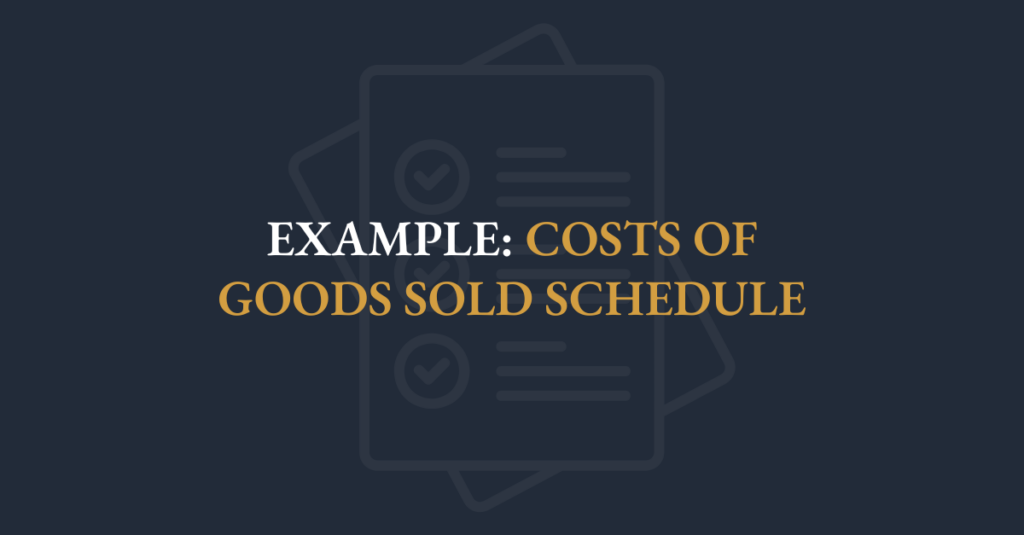
It is important to understand a company's cost structure. All companies have two major types of costs: fixed costs and variable costs.
Variable costs increase in direct proportion to sales volume and are forecasted on a per-unit basis. They should be forecasted into the future on a per-unit basis, and then the per-unit amounts can be multiplied by forecasted sales volumes.
Fixed costs such as rent, property taxes, and insurance typically have little to do with sales volume. As a result, fixed costs are typically forecasted on an aggregate basis. The model can then divide the aggregate fixed costs by the sales volume to show the fixed cost per unit, and then the total costs per unit.
If the costs are modeled correctly, when a company doubles its revenue by doubling volume, its profit will more than double! This is a critical concept called operating leverage that is important to capture in a financial model.

The Costs Schedule pictured above has two major sections:
- Costs per unit
- Costs in millions
Both sections are broken down between variable and fixed costs:
- Variable costs per unit
- Fixed costs per unit
- Total variable costs
- Total fixed costs
Note: At the top of the Costs Schedule, key assumptions such as sales volume and cost inflation are repeated to simplify understanding and auditing.
The sections in the model are shown by costs per unit (split into variable and fixed), followed by total costs (also split into variable and fixed). However, to accurately forecast the total Cost of Sales, they should be calculated in the following order:
- Variable costs per unit (increase at inflation)
- Total variable costs (multiply variable costs per unit by volume)
- Total fixed costs (increase at inflation)
- Fixed costs per unit (divde total cost by volume)
The result of all the calculations is the Cost of Sales: (Total Variable Costs + Total Fixed Costs) that is used on the Income Statement.

